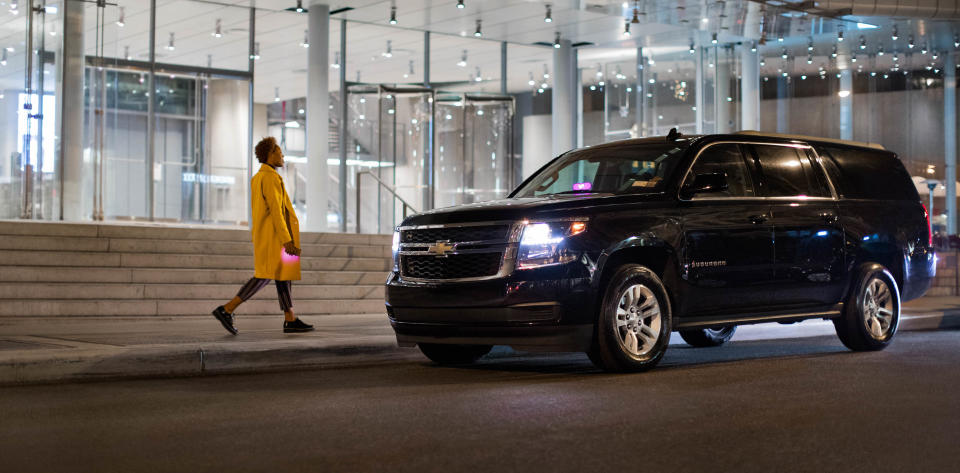Lyft's John Zimmer on Becoming Profitable
The two largest ridesharing platforms, Lyft (NASDAQ: LYFT) and Uber (NYSE: UBER), went public earlier this year, and both companies have received fairly lukewarm receptions. The chief concern that investors appear to have is whether the businesses will ever become profitable, particularly in the absence of autonomous cars. Lyft and Uber both spend lavishly on incentives and promotions, although the companies have signaled that they are trying to shift away from competing solely on price, an implicit acknowledgement that they need to bolster the underlying economics of rides.
Earlier this week, Lyft co-founder John Zimmer offered some insight into how Lyft can become profitable.

Image source: Lyft.
Two keys to becoming profitable
In an appearance on the Freakonomics podcast, Zimmer discussed Lyft's prospects, even going as far as to say it will be "simple" to become profitable. There are two key components to his argument, and neither relies on robot cars:
And so the path [to profitability] is quite simple, there's two main pieces. One is: Rides are profitable in most markets. And then obviously we have to cover our overhead. And so the more rides that we do, the more that it covers that which doesn't scale with the growth. And secondly, per-ride, variable costs, things like insurance, are coming down. And will continue to come down. And we have a very clear path to profitability, with $3.5 billion in the bank and we intend to invest that well to get a good return for our investors.
Lyft does indeed enjoy gross profits on rides and has shown some signs of operating leverage; gross margin has been trending higher as revenue grows. For instance, the company generated $313.2 million in gross profit last quarter, good for a 40.4% gross margin. However, note that incentives are sometimes recorded as a reduction in revenue, which affects how gross margin is calculated.
In terms of covering overhead (i.e., operating expenses), that's a bit trickier. Lyft recognized significant one-time stock-based compensation (SBC) expenses related to the IPO last quarter, which is common when companies go public. Even when excluding those costs, Lyft posted a non-GAAP operating loss of $230 million.
Zimmer is arguing that the core ridesharing business will eventually scale enough to where operating leverage can kick in, while operating expenses will grow relatively more slowly. Undercutting that argument is the fact that Uber, which is already much larger, is still unprofitable: Uber posted a $1 billion operating loss in the first quarter on nearly four times Lyft's revenue.
Income Statement Metric (Q1 2019) | Uber | Lyft |
|---|---|---|
Revenue | $3.1 billion | $776 million |
Gross profit | $1.4 billion | $313.2 million |
Operating loss | ($1 billion) | ($1.16 billion) |
Data source: SEC filings. GAAP figures shown.
Unlike Lyft, Uber did not recognize significant SBC expenses in connection with its IPO, in part because its private stock price had stagnated for years.
For what it's worth, Susquehanna this week upgraded its rating on Lyft shares to the equivalent of a buy, with analyst Shyam Patil increasing his price target from $57 to $80. One reason for Patil's bullishness? Improving leverage of insurance costs.
More From The Motley Fool
Evan Niu, CFA has no position in any of the stocks mentioned. The Motley Fool recommends Uber Technologies. The Motley Fool has a disclosure policy.

 Yahoo Finance
Yahoo Finance 